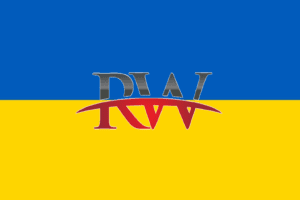While [Lisa] France Kennedy was in Charlotte in part for the NASCAR Hall of Fame ceremony [this month], the fact that [she and NASCAR CEO Jim France] showed up at the first major meeting between the teams and NASCAR this year shows that NASCAR‘s ownership remains engaged toward striking a new revenue-sharing deal with the teams, sources say. Such a deal would effectively bring labor peace through the duration of the next media rights agreement, which could run near or past the end of this decade.
…
At issue is that teams want to get more money annually from the league, saying they face a major struggle to turn a profit. The largest revenue stream in NASCAR is the $8.2 billion, 10-year media rights agreement with Fox Sports and NBC Sports that started in 2015 and expires after 2024. NASCAR could try to hash out a deal with teams after it strikes the new media rights agreement, sources say, but instead it plans to negotiate with teams as media talks advance. Teams do get other monies, but the TV revenue is by far the largest stream, sources said.
…
Under the next deal, teams want a greater percentage of league funds to cover their expenses, asking for upward of $16 million-$18 million annually, or roughly double the current amount for the best performers. That could give them a better chance to turn a profit if they get enough corporate sponsorship and run a lean operation.
NASCAR has acknowledged that teams deserve more money but has been resistant to the demands. Still, sources say the sanctioning body has seemingly started to soften in recent weeks to the idea of finding an agreement.
…
In 2023, teams are due to receive around $201 million in TV money and around $210 million in 2024, according to information seen by Sports Business Journal. Based on comments that NASCAR has made to teams recently, teams believe that NASCAR has a solid idea of how much increased revenue it stands to make in the next media cycle.
…
The [Next Gen] car was projected to be far cheaper, but that was before global inflation, supply-chain problems and issues specific to the car arose in 2022 and left top teams paying close to 50% more than original projections, or around $18 million for top teams, sources say. The envisioned savings didn‘t materialize, at least last year, though NASCAR did help subsidize some of the additional costs.
…
Asked how confident it was that it will come to an agreement with its teams, NASCAR told SBJ in a statement: “We have a 75-year track record of being good partners and working hard to understand the priorities and needs of the many stakeholders in our sport. We are confident our industry will continue to work together to build on the momentum from our historic 2022 season and drive long-term growth for our sport, stakeholders and fans.”
The charter system, NASCAR‘s version of franchising, was introduced in 2016 in a nine-year deal set to end in 2024 concurrent to the TV deal so that the sides could re-evaluate how it was working. Charters are now worth eight figures and rising in value, and teams believe it‘s only natural to turn the system into a permanent one.
See much more at Sports Business Journal.

